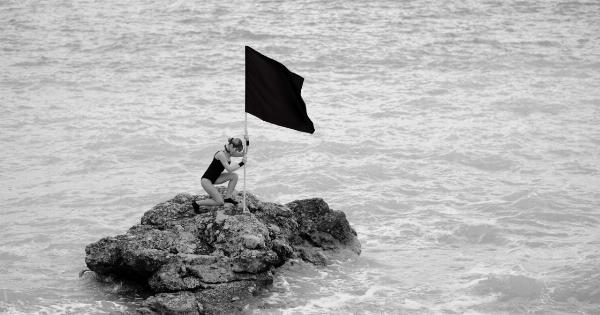Fearlessness is a quality that is highly admired in our society. It is often associated with courage, bravery, and resilience.
Fearless individuals are seen as people who are not easily intimidated, who are willing to take risks, and who are not afraid to stand up for their beliefs. But what exactly drives this fearless behavior?.
The Biology of Fear
At the most fundamental level, fear is a biological response that has evolved over millions of years to help us survive.
When we encounter a potential threat, our bodies release adrenaline and other stress hormones that prepare us for a fight-or-flight response.
While this response can be life-saving in certain situations, it can also be highly debilitating.
Chronic fear and anxiety can lead to a range of physical and mental health problems, including heart disease, depression, and post-traumatic stress disorder.
The Role of Personality
Personality traits also play a role in our willingness to take risks and behave fearlessly. Some individuals are naturally more adventurous and thrill-seeking than others.
They may be more likely to engage in risky behaviors such as extreme sports, gambling, or drug use.
On the other hand, individuals with high levels of anxiety and neuroticism may be more prone to fear and avoidance. They may be less likely to take risks or approach new situations and experiences with confidence.
The Impact of Childhood Experiences
Childhood experiences can also shape our fear responses and willingness to take risks.
Individuals who grew up in highly stable and supportive environments may be more likely to feel secure and confident in their abilities, while those who experienced trauma or neglect may be more prone to fear and avoidance.
Furthermore, exposure to challenges and adversity in childhood can also foster resilience and a sense of self-efficacy.
Children who are encouraged to take risks, explore new environments, and learn from failure may be more likely to develop a fearless approach to life.
The Social and Cultural Context
Finally, social and cultural factors also play a significant role in shaping our attitudes towards fear and risk-taking. In some cultures, fearlessness may be highly valued and celebrated, while in others it may be seen as reckless or foolish.
Moreover, social factors such as peer pressure and social norms can influence our willingness to take risks.
Individuals who feel pressure to conform to the expectations of their social group may be less likely to engage in behaviors that are seen as risky or unconventional.
Overcoming Fear and Embracing Fearlessness
While fear is a natural and important aspect of our biology, it can also hold us back and limit our potential.
Learning to overcome fear and embrace fearlessness is a process that can take time and effort, but it can ultimately lead to greater personal growth, resilience, and fulfillment.
Some strategies for overcoming fear include exposure therapy, cognitive-behavioral therapy, and mindfulness-based practices.
By gradually exposing ourselves to feared situations and learning to reframe our thoughts and beliefs, we can develop a more confident and resilient mindset.
Other approaches for cultivating fearlessness include physical exercise, practicing gratitude and positive thinking, and seeking out new challenges and experiences.
By building physical and mental resilience and pushing ourselves outside of our comfort zones, we can develop a greater sense of self-efficacy and courage.
Conclusion
Fearlessness is a quality that is admired and respected, but it is also complex and multifaceted. Biological, psychological, social, and cultural factors all contribute to our willingness to take risks and behave fearlessly.
By understanding these factors and working to overcome our own fear responses, we can develop a greater sense of courage and resilience in our lives.




























